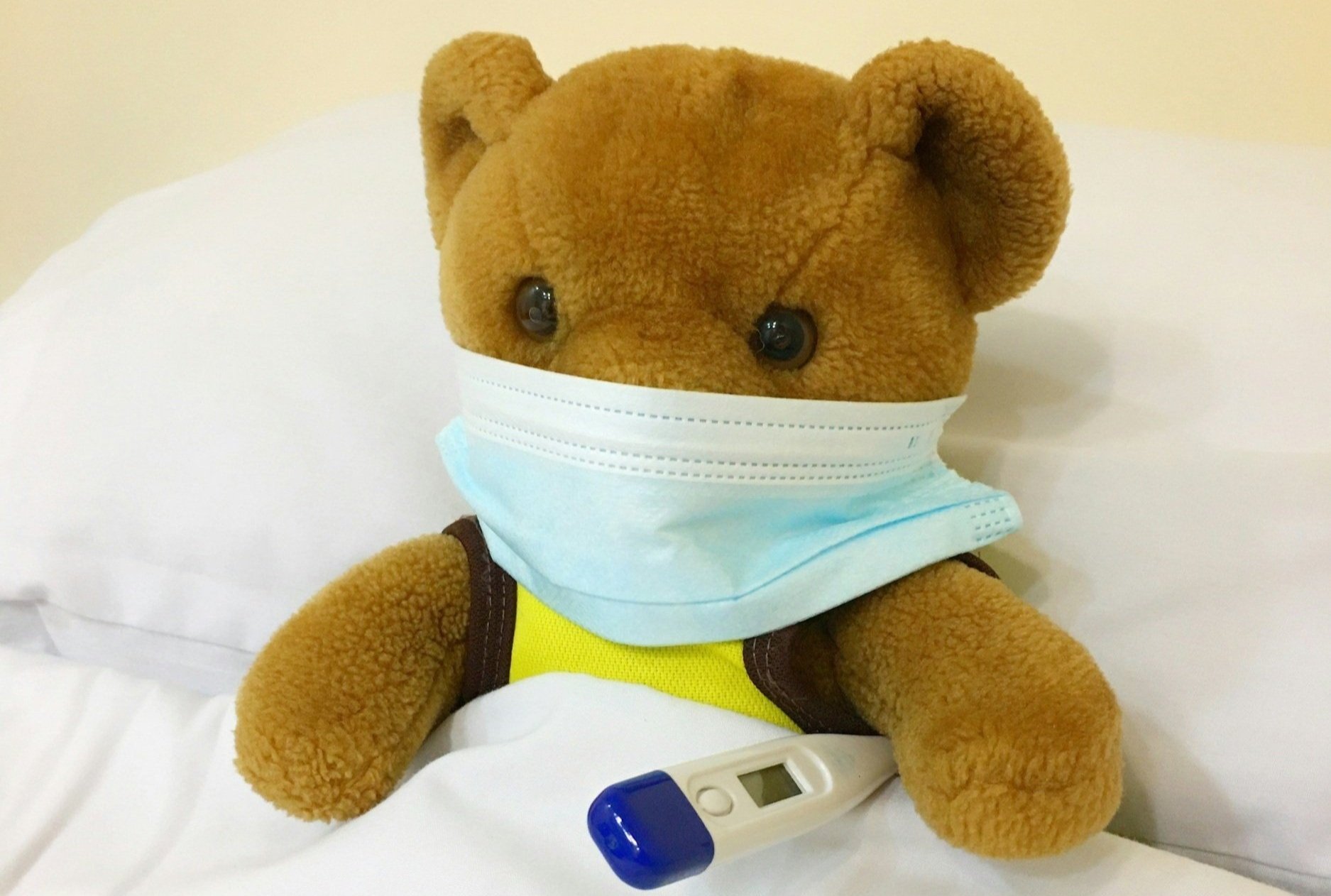Behind the scenes: 3 things I give my family at the first sign of a cold
If you’re wondering what I use in my own home to keep my family well during winter, this is it.
Yes, I love all the immune-supportive foods I mentioned in Week 1’s blog. And yes, supplements like vitamin C, zinc and vitamin D play an important role. But these are the things I reach for as soon as someone starts sniffling or complaining of a scratchy throat.
1. Bone broth - for warmth, gut support and immune strength
Bone broth has been used for generations to support healing, and for good reason. It’s rich in collagen, glycine, and minerals like zinc - all of which play a role in immune function and tissue repair.
It’s also gentle on digestion, hydrating and comforting - especially when you have lost your appetite and don’t feel like food.
How I use it:
as the base for soups, slow-cooked meals or even to cook rice or quinoa
as a warm, nourishing drink with a pinch of sea salt
My teenage daughters are big fans of bone broth, especially when they are feeling under the weather. It’s like a warm hug in a cup!
You can make your own bone broth from a chicken carcass (I buy frozen organic carcasses online) or use a quality bone broth powder or paste for a quicker option - both can be great for immune support.
2. Manuka honey - for soothing sore throats and supporting recovery
Not all honey is created equal. Manuka honey is known for its natural antibacterial and anti-inflammatory properties, making it ideal for those early signs of a sore throat or cough.
It also helps soothe irritated tissue and can offer gentle immune support, thanks to its naturally occurring compounds (including methylglyoxal, or MGO).
How I use it:
Stirred into warm (not hot) water with lemon as a soothing drink
Taken straight from the spoon (for adults and children over 12 months - never give honey to children under 1)
A little goes a long way, and I always make sure to choose MGO 300+ (UMF 10+) or higher.
Note: Some cheaper Manuka honey brands in supermarkets may not be genuine or strong enough to offer immune support - always check for certified MGO levels.
3. Oscillococcinum - our first line of defence for early cold symptoms
This one often surprises people. Oscillococcinum is a homeopathic remedy used at the very first sign of cold or flu symptoms. It doesn’t replace food or supplements, but I’ve found it to be a gentle, helpful addition to our winter toolkit.
It’s safe, easy to use, and often reduces the severity or duration of symptoms - especially when taken early. My family were a bit cynical about them at first, but now they actually ask for “the beady things” when they are feeling off.
How I use it:
At the first sign of someone saying “I don’t feel great”
I always keep the Boiron brand on hand (available from Amazon or iHerb)
It’s safe for children and they like the sweet taste of the beads
It’s not a cure, but in my experience, it often makes a difference, especially when used alongside rest and supportive foods.
What about vitamin C, zinc and vitamin D?
I use and recommend all of those, too. They are key nutrients for immune health, and in many cases, food alone isn’t enough during winter.
It’s also worth noting that even the best supplements can’t do their job properly if your body isn’t being supported in other ways - through real food, warmth, rest and hydration.
That’s why I see these three tools - bone broth, Manuka honey and Oscillococcinum - as gentle, foundational additions to what most people are already doing.
Final thought
Staying healthy doesn’t have to mean taking mountains of supplements. Sometimes, it’s about keeping a few simple, trusted staples on hand - and using them consistently.
If you’re looking for ways to strengthen your family’s immunity, these three make a great place to start.
✨ Want more practical immune support ideas? Check out my latest blog posts or follow me on Facebook or Instagram.

